Workshop - Le Mans Higher School of Art and Design
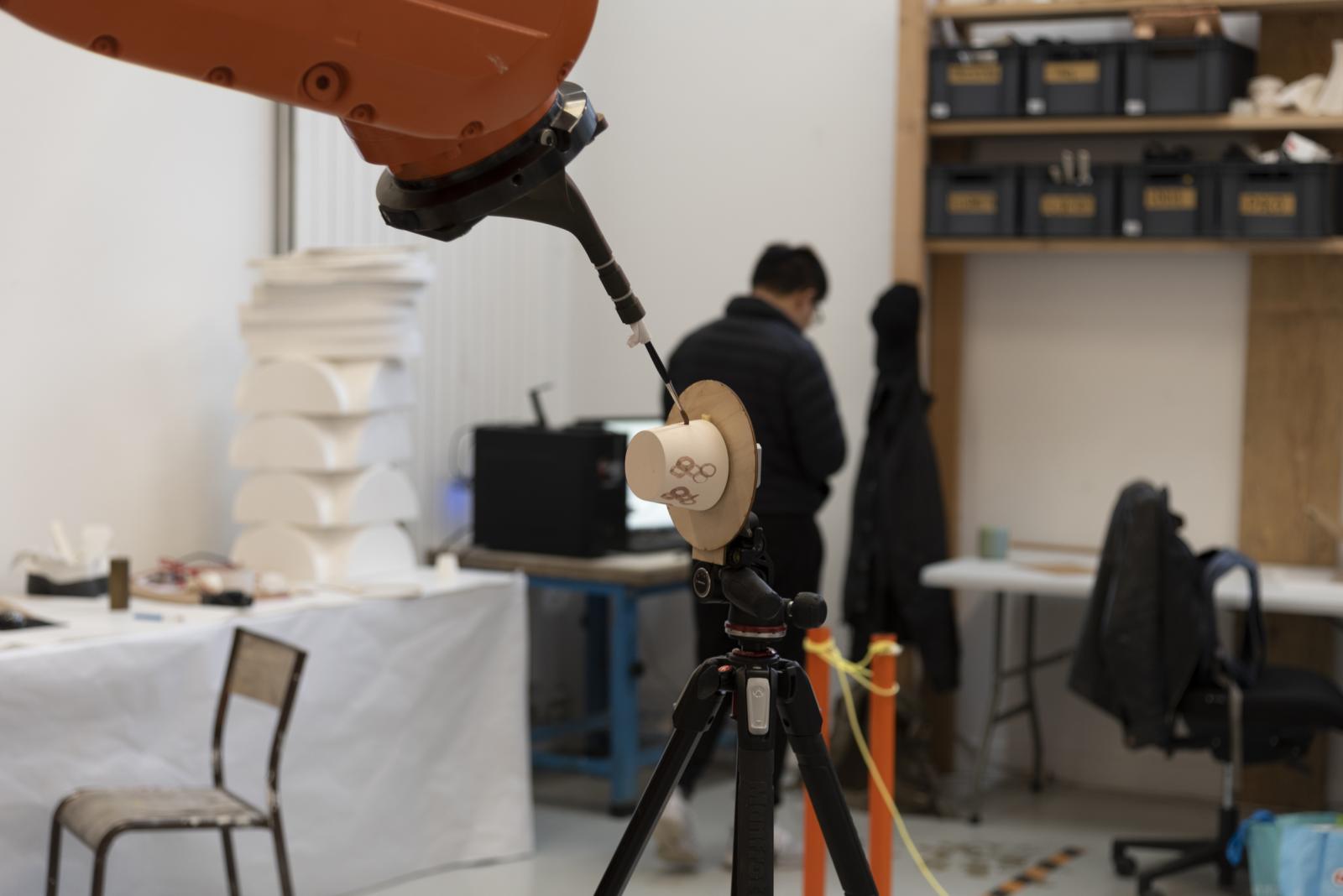


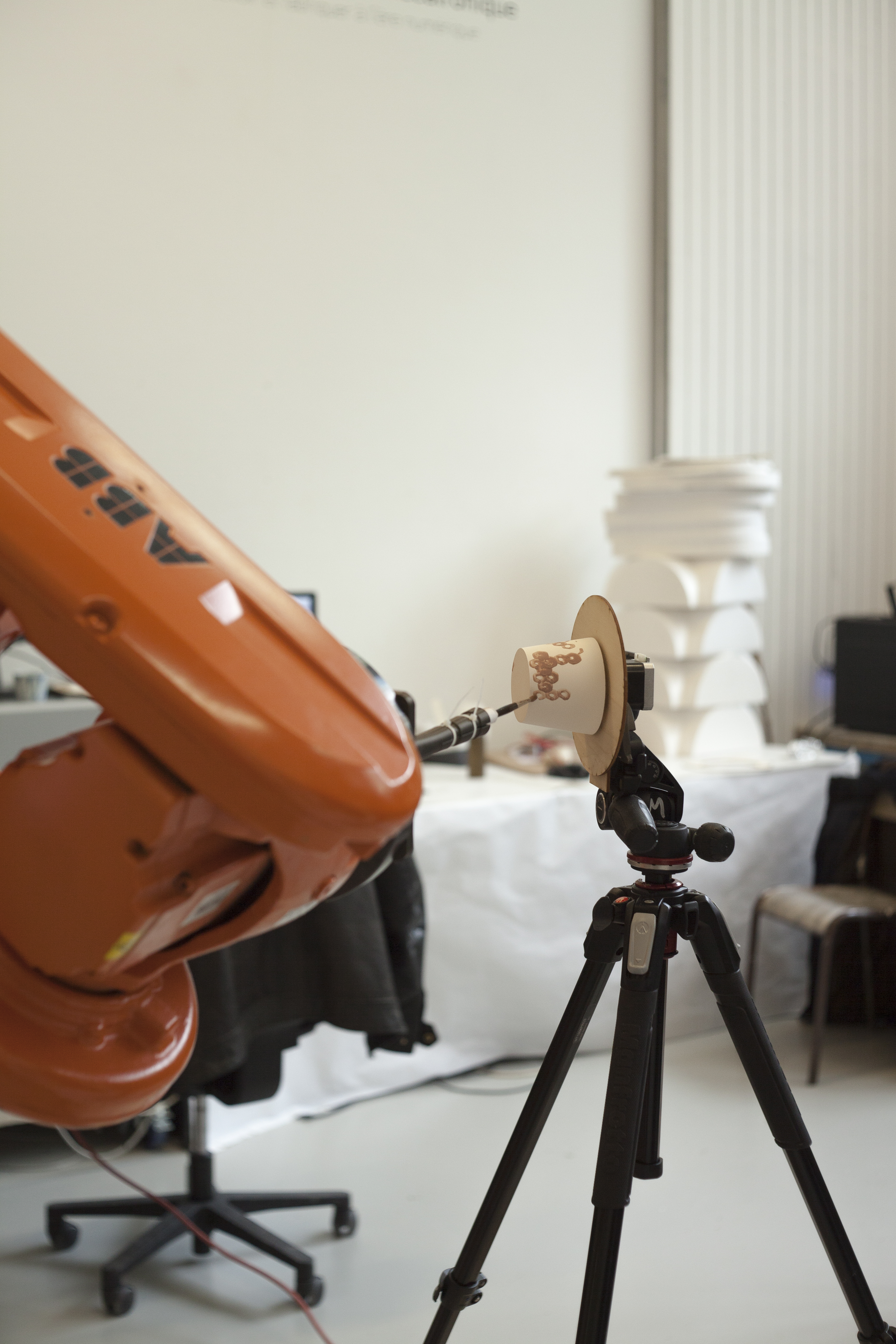
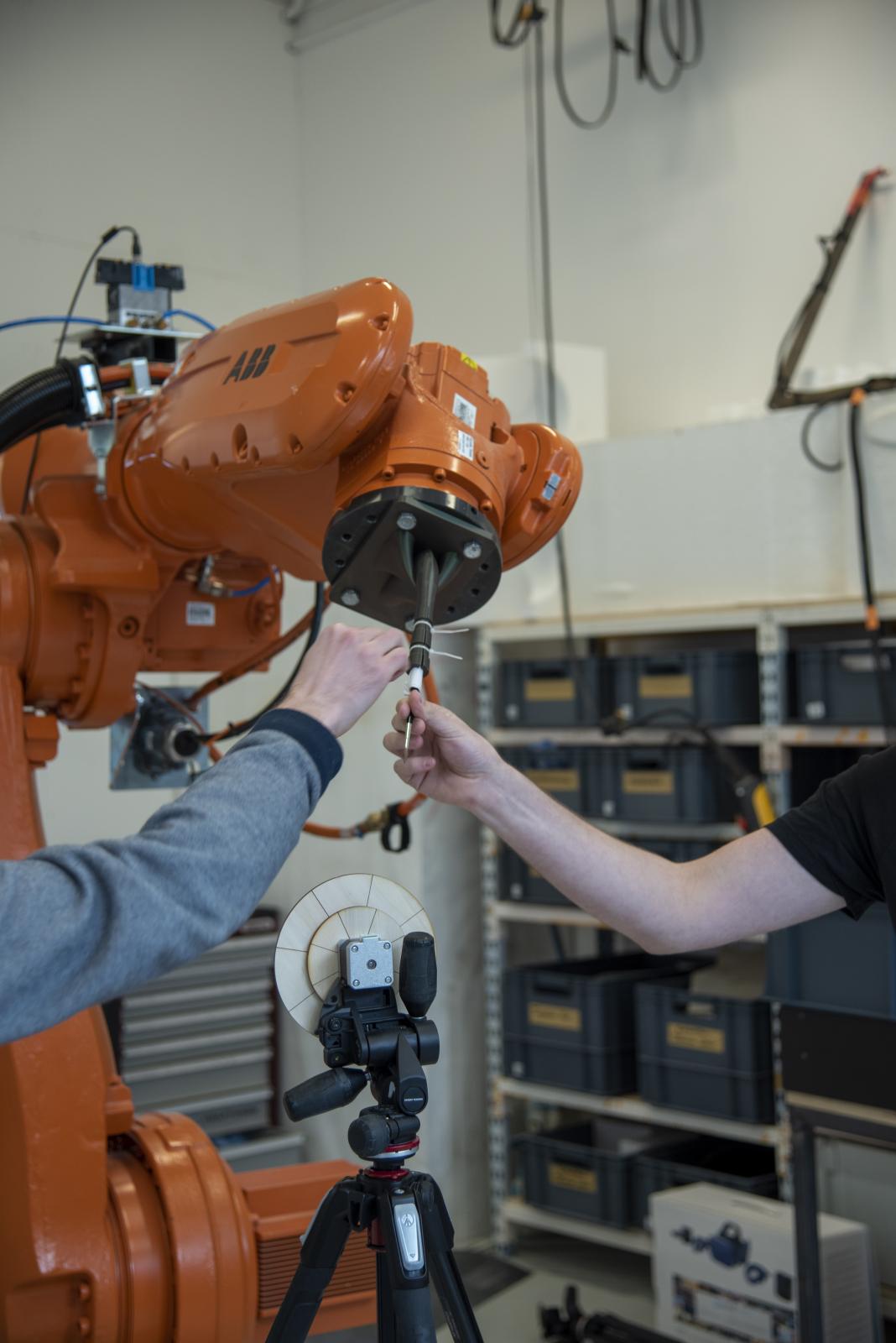
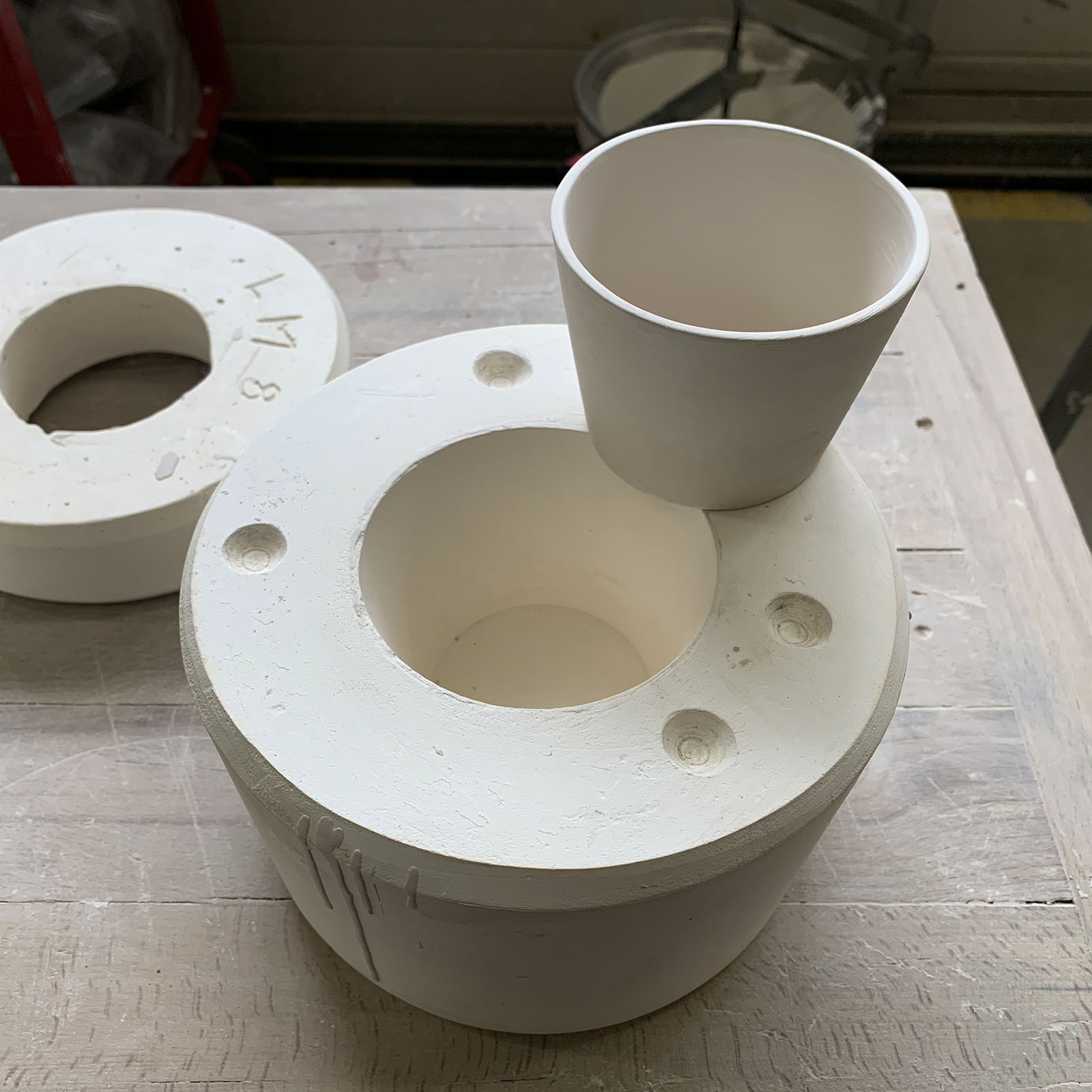




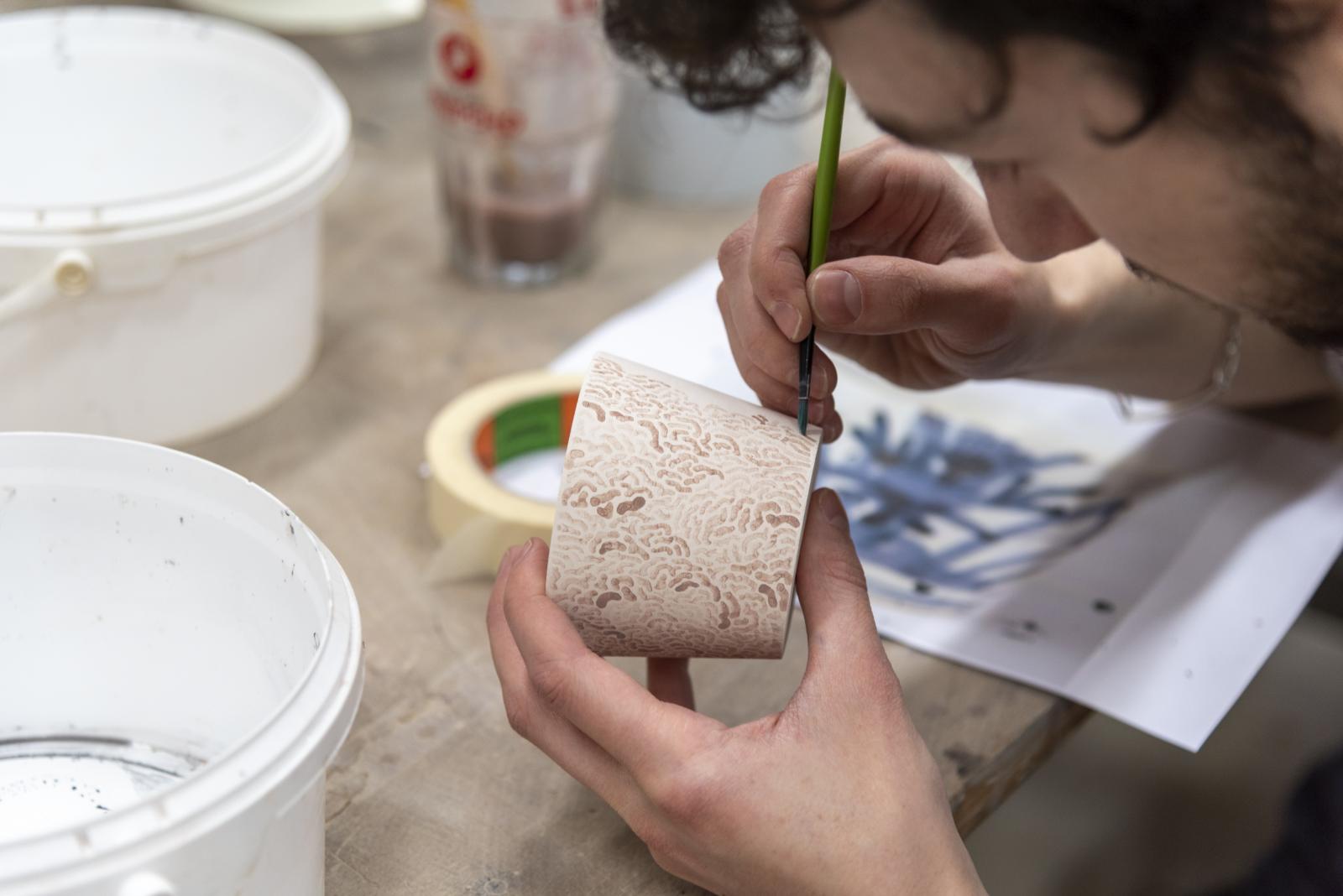


Exhibition - Contemporary Ceramic Center, La Borne




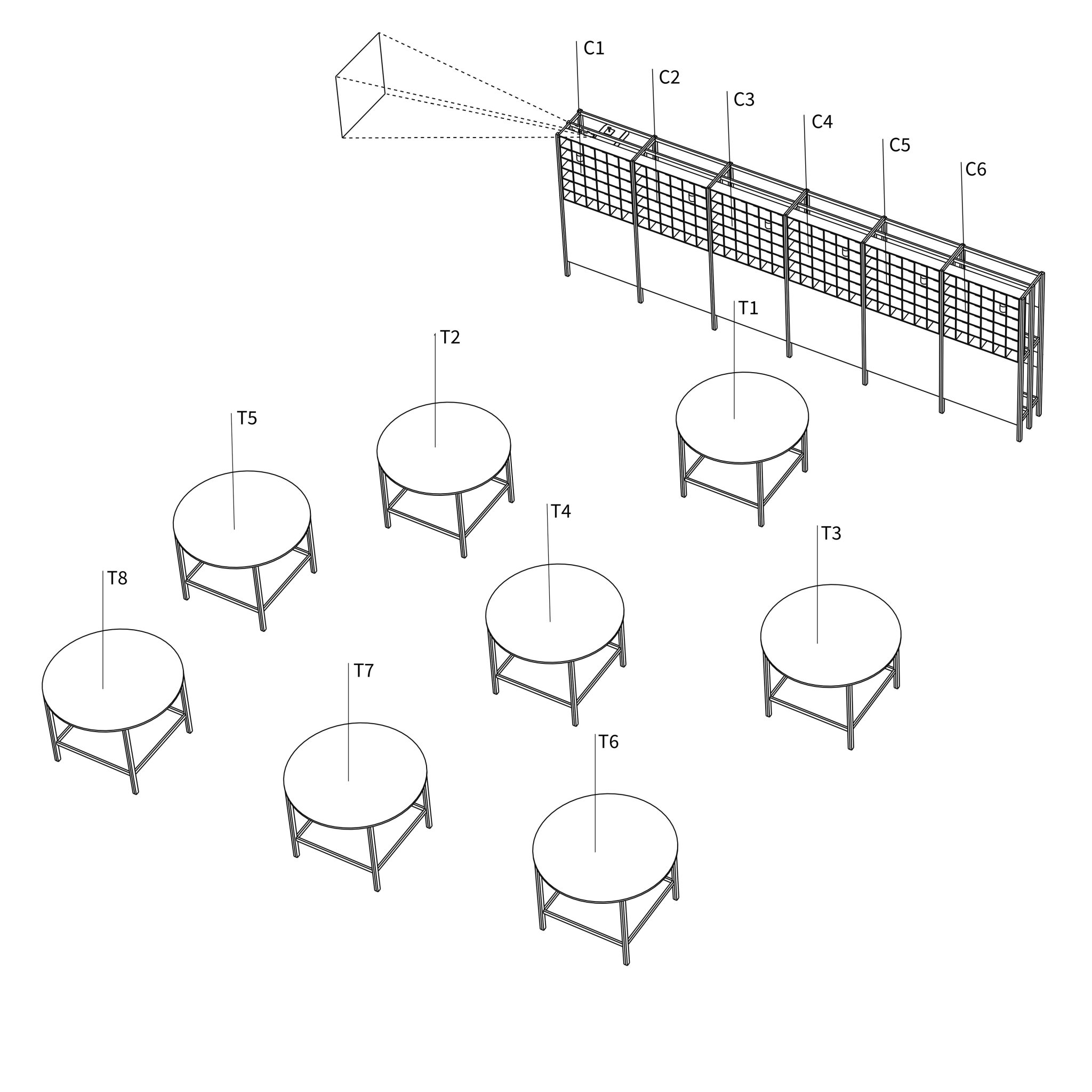
Exhibition – Gifu Prefectural Museum of Fine Arts
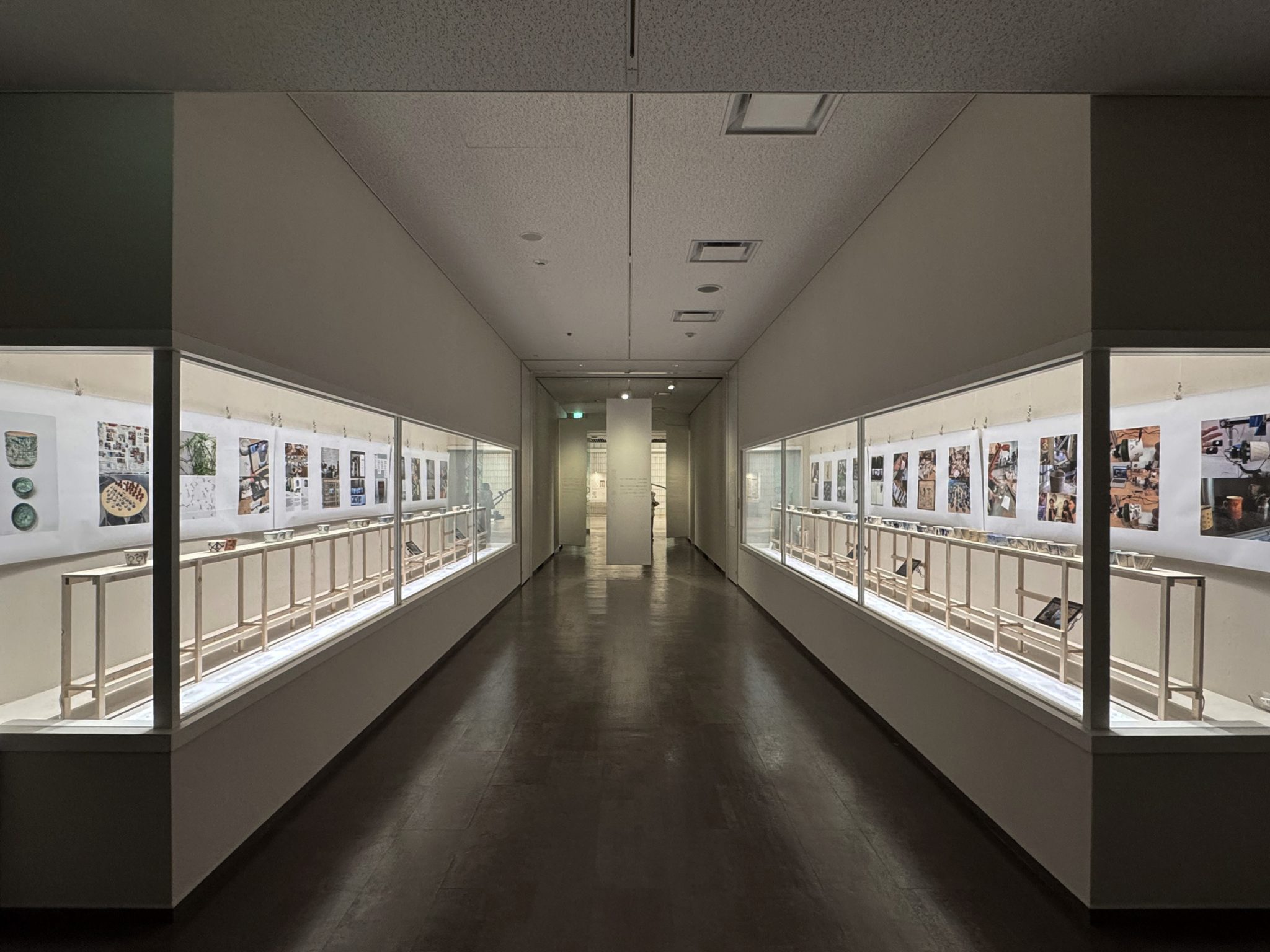

2022 – ongoing
🏡 Contemporary Ceramic Center, La Borne
🏡 École Nationale Supérieure d’Art et de Design de Nancy
🏡 École supérieure d’art et de design TALM – Le Mans
🏡 Tokyo University of the Arts
🏡 Gifu Museum of Fine Arts
🏡 Contemporary Ceramic Center, La Borne
🏡 École Nationale Supérieure d’Art et de Design de Nancy
🏡 École supérieure d’art et de design TALM – Le Mans
🏡 Tokyo University of the Arts
🏡 Gifu Museum of Fine Arts
Digital soba choko
Digital Soba Choko is an open scenario for distinct and original operations, resulting from diverse inventive initiatives whose interplay can itself become an artistic proposition.
This work is supported by the French State through the National Research Agency under the “Investments for the Future” program, reference ANR-17-EURE-0008.
Research Collective
Jean-Louis Boissier (art and aesthetics)
Béatrice Selleron (scenographer, professor of design)
with Mari Minato (artist), Florence Roche (ceramist), Fanny Terno (artist-researcher), Thomas Vauthier (artist-researcher), Félix Agid (architect, researcher, professor), Ianis Lallemand (designer-researcher), Natsuko Uchino (artist, sculpture professor)
Advisors
Ho-Sook Kang (graphic designer), Hanako Murakami (artist, translator), Liliane Terrier (art and art history researcher)
Partners
Université Paris 8 / AI-AC Laboratory (Contemporary Art & Image Arts) / TEAMeD research team
École Nationale Supérieure d’Art et de Design de Nancy / Design option and research program
École Nationale Supérieure d’Art de Limoges / “Ceramics as Experience” research lab
École supérieure d’art et de design TALM – Le Mans / Computational Design & Mechatronics program
Centre Céramique Contemporaine, La Borne
Project Description
The project addresses the dual notion of “digital & digital.” The first “digital” refers to the numerical: modeling and shape recognition, modes of exploration and inventory, and computational/robotic fabrication systems. The second “digital” refers to the fingers: the tactile dimension of making and using objects, as well as their linguistic and iconographic designation.
Digital Soba Choko is a case study at the crossroads of disciplines—historical, ethnographic, anthropological, aesthetic, and technological—focused on a traditional Japanese porcelain cup: the soba choko. This experimental project, combining gestural and digital techniques, involves the study, collection, and fabrication of such objects.
The soba choko, belonging to the universal category of handheld cups, has specific characteristics rooted in Japanese culture: a ceramic vessel, as high as it is wide, minimalist in geometry yet enduring across centuries. While materials and decorations vary, its porcelain version with cobalt blue motifs has a long history.
In the early 20th century, Yanagi Sōetsu, founder of the Mingei folk art movement, highlighted the soba choko’s paradoxical beauty: at once an everyday utilitarian vessel and a luxurious porcelain artifact. As such, it embodies a vast network of material circulation connecting China, Korea, Japan, the Middle East, and Europe.
The project thus seeks to experiment with methods of translation, fabrication, and exhibition, combining contemporary computational processes with traditional craft practices. Each stage of research involves films, object-making, and experimental displays, situating the soba choko at the intersection of performance, production, analysis, and pedagogy.